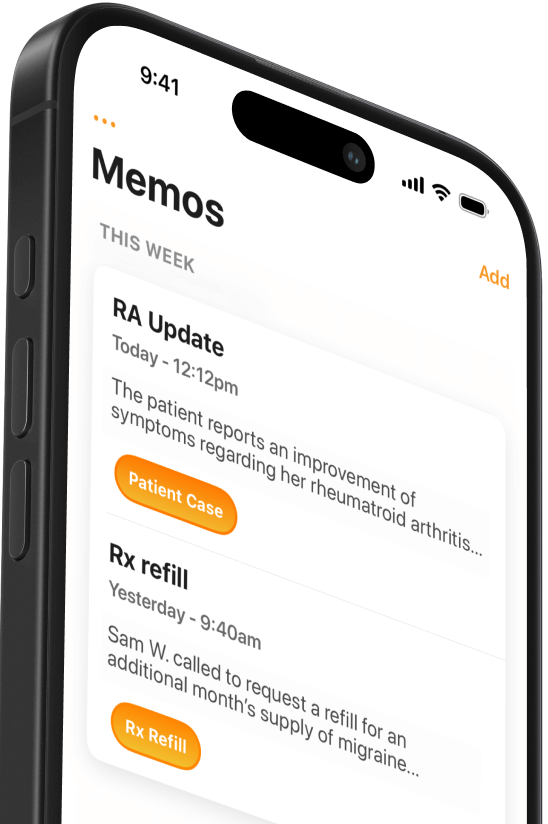Ambient AI Scribes: Lessons from 2.5 Million Patient Encounters
A new report on the Permanente Medical Group’s rollout of ambient AI scribes reveals important lessons for health systems and clinicians


Popular articles
Ambient AI scribes are quickly becoming a staple in the clinical toolkit. But how do they perform at scale, and what can we learn from early adopters?
A recent report from The Permanente Medical Group offers some answers. Between October 2023 and December 2024, more than 7,200 physicians used an AI medical scribe during over 2.5 million patient visits. The results provide a rare glimpse into real-world adoption of ambient AI documentation, including important lessons for health systems and clinicians.
What are ambient AI scribes?
Ambient scribes are AI-powered tools that listen to clinician–patient conversations and automatically generate draft notes for review and editing. Unlike traditional medical dictation tools, ambient scribes work in the background and aim to reduce physician documentation time.
The Permanente Medical Group used two commercial vendors to support a rollout across specialties, including mental health, primary care, and emergency medicine. Clinicians were free to use the tool as needed and provided regular feedback on its impact.
What did they find?
The report highlights several benefits:
- Physicians saved nearly 15,800 hours of documentation time over one year, much of it outside clinic hours.
- 84% of clinicians said the AI scribe improved their communication with patients.
- 82% reported greater job satisfaction, and nearly half of patients noticed better clinician engagement.
Notably, ambient scribes were used consistently across age groups and specialties. There was no meaningful correlation between a physician’s age, gender, or years in practice and their likelihood to adopt the tool.
Lessons learned from 2.5 million uses
AI medical scribes are relatively new, so the Permanente roll-out is likely one of the largest of its kind to date. The scale of this implementation provides valuable insights for institutions and individual providers considering using ambient clinical intelligence to streamline documentation.
High-frequency use yields higher value.
The top third of users accounted for nearly 90% of scribe activations and saved twice as much documentation time per note as their peers. This suggests that clinicians benefit most when they integrate the tool into their regular workflow.
Workflow matters.
Not all feedback was positive. Some physicians stopped using the scribe due to friction with EMR templates or difficulties editing AI-generated notes. Adoption depends on how well the technology fits into existing clinical routines.
Tailoring increases adoption.
Specialties with heavier documentation burdens showed the highest usage. In some cases, departments developed specialty-specific templates to support the AI scribe, which helped increase adoption.
There are many good tools.
Even after switching vendors mid-implementation, clinicians continued using the scribe tool. This suggests physicians find lasting value in ambient documentation when it works well.
A practical option for clinicians
The Permanente Medical Group’s experience shows that ambient AI scribes can be widely adopted, improve clinical workflows, and enhance physician and patient satisfaction. While large health systems may invest in broad rollouts, individual providers and smaller practices can still access the benefits of ambient documentation.
For those looking to get started, Mobius MD’s Conveyor AI offers a practical, HIPAA-compliant solution that integrates with any EMR.
Related Articles


We Get Doctors Home on Time.
Contact us
We proudly offer enterprise-ready solutions for large clinical practices and hospitals.
Whether you’re looking for a universal dictation platform or want to improve the documentation efficiency of your workforce, we’re here to help.





